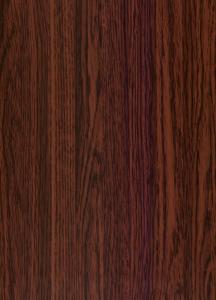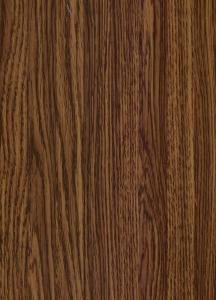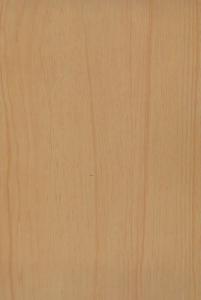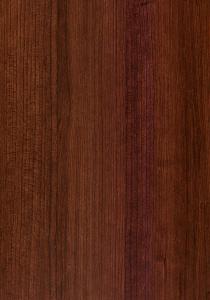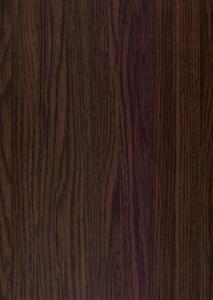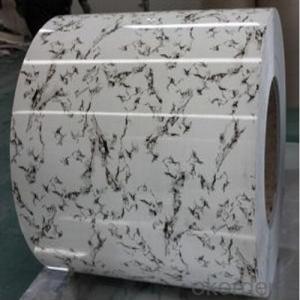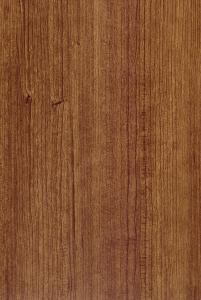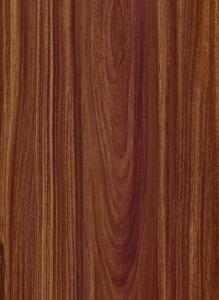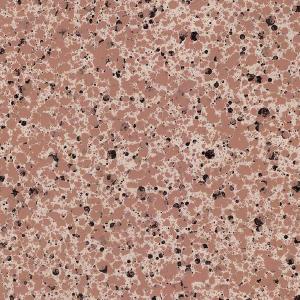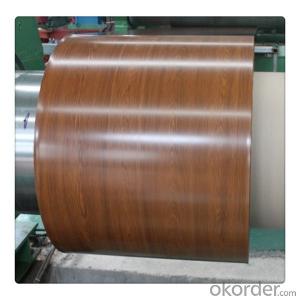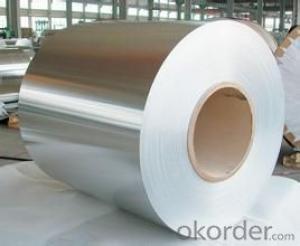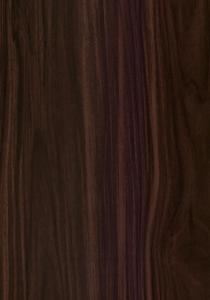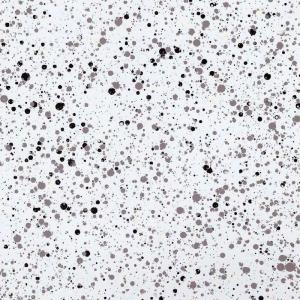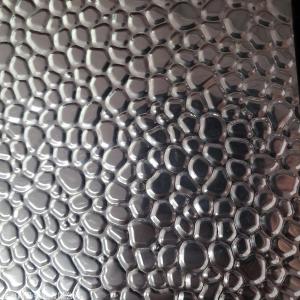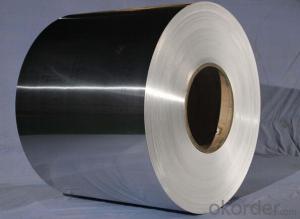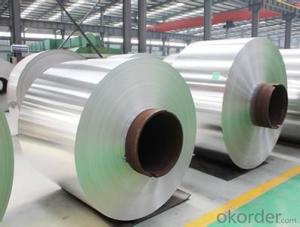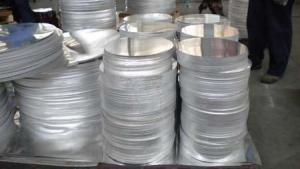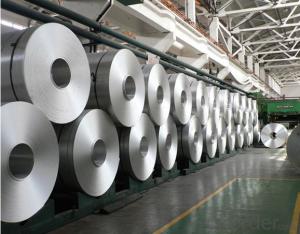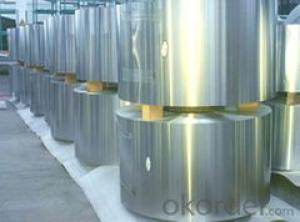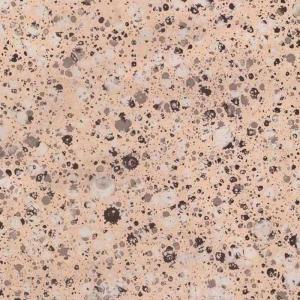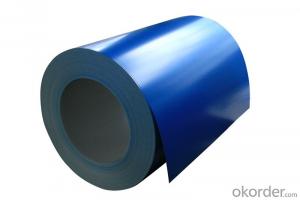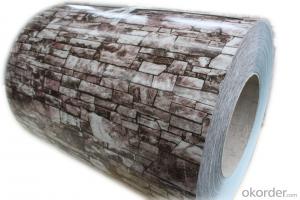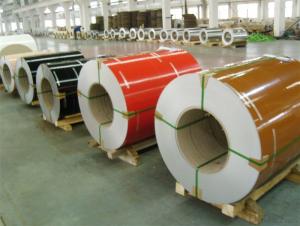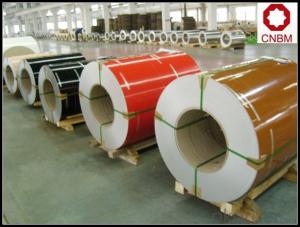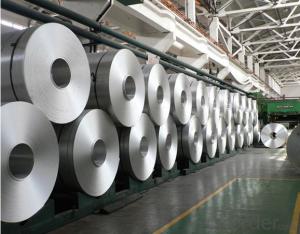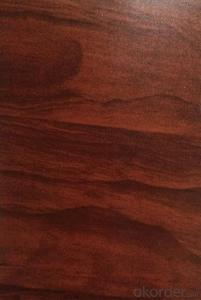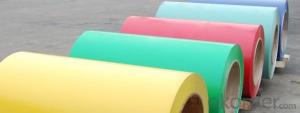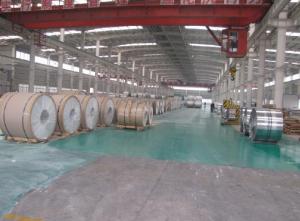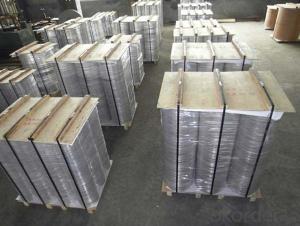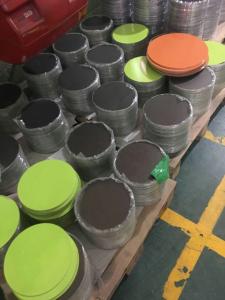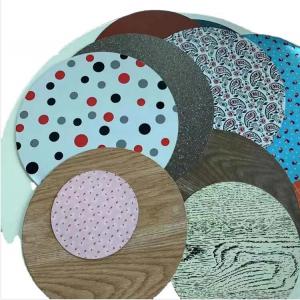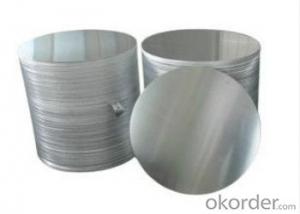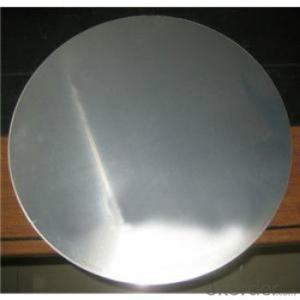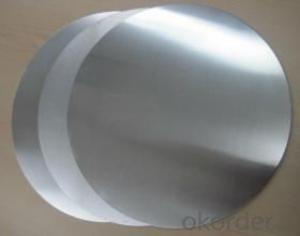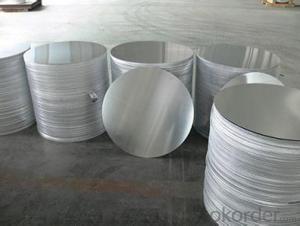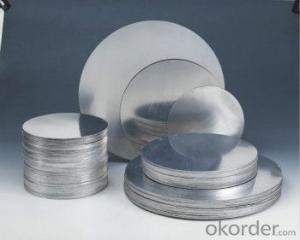Woodgrain Aluminum Trim Coil
Woodgrain Aluminum Trim Coil Related Searches
Wood Grain Aluminum Trim Coil Wood Grain Aluminum Coil Trim Coil Aluminum Alcoa Aluminum Trim Coil Vinyl Coated Aluminum Trim Coil White Aluminum Trim Coil Colored Aluminum Trim Coil Poly Aluminum Trim Coil Aluminum Trim Coil Roll Aluminum Siding Trim Coil Best Aluminum Trim Coil Aluminum Vinyl Siding Trim Coil Alside Aluminum Trim Coil Aluminum Trim Coil White Installing Aluminum Trim Coil Black Aluminum Trim Coil Painted Aluminum Trim Coil Clay Aluminum Trim Coil Bending Aluminum Trim Coil 10 Inch Aluminum Trim Coil Pvc Aluminum Trim Coil Charcoal Gray Aluminum Trim Coil Alsco Aluminum Trim Coil Mastic Aluminum Trim Coil Rollex Aluminum Trim Coil Painting Aluminum Trim Coil Textured Aluminum Trim Coil Gray Aluminum Trim Coil Sandstone Aluminum Trim Coil Almond Aluminum Trim CoilWoodgrain Aluminum Trim Coil Supplier & Manufacturer from China
Woodgrain Aluminum Trim Coil is a versatile product that offers a natural wood finish to aluminum materials, providing an aesthetically pleasing and durable option for various applications. This product is particularly useful for both interior and exterior projects where a wood-like appearance is desired, but the benefits of aluminum, such as corrosion resistance and low maintenance, are needed. Woodgrain Aluminum Trim Coil can be used in a wide range of settings, from residential homes to commercial buildings, and is ideal for applications such as window and door frames, moldings, and decorative accents. Its unique combination of woodgrain appearance and aluminum properties makes it a popular choice among architects, designers, and homeowners alike.Okorder.com is a leading wholesale supplier of Woodgrain Aluminum Trim Coil, offering a vast inventory to cater to the needs of various industries and projects. With a commitment to quality and customer satisfaction, Okorder.com ensures that the Woodgrain Aluminum Trim Coil they provide meets the highest standards of performance and durability. Their extensive inventory allows customers to find the specific dimensions, colors, and finishes required for their projects, making it a one-stop-shop for all woodgrain aluminum trim coil needs.
Hot Products
